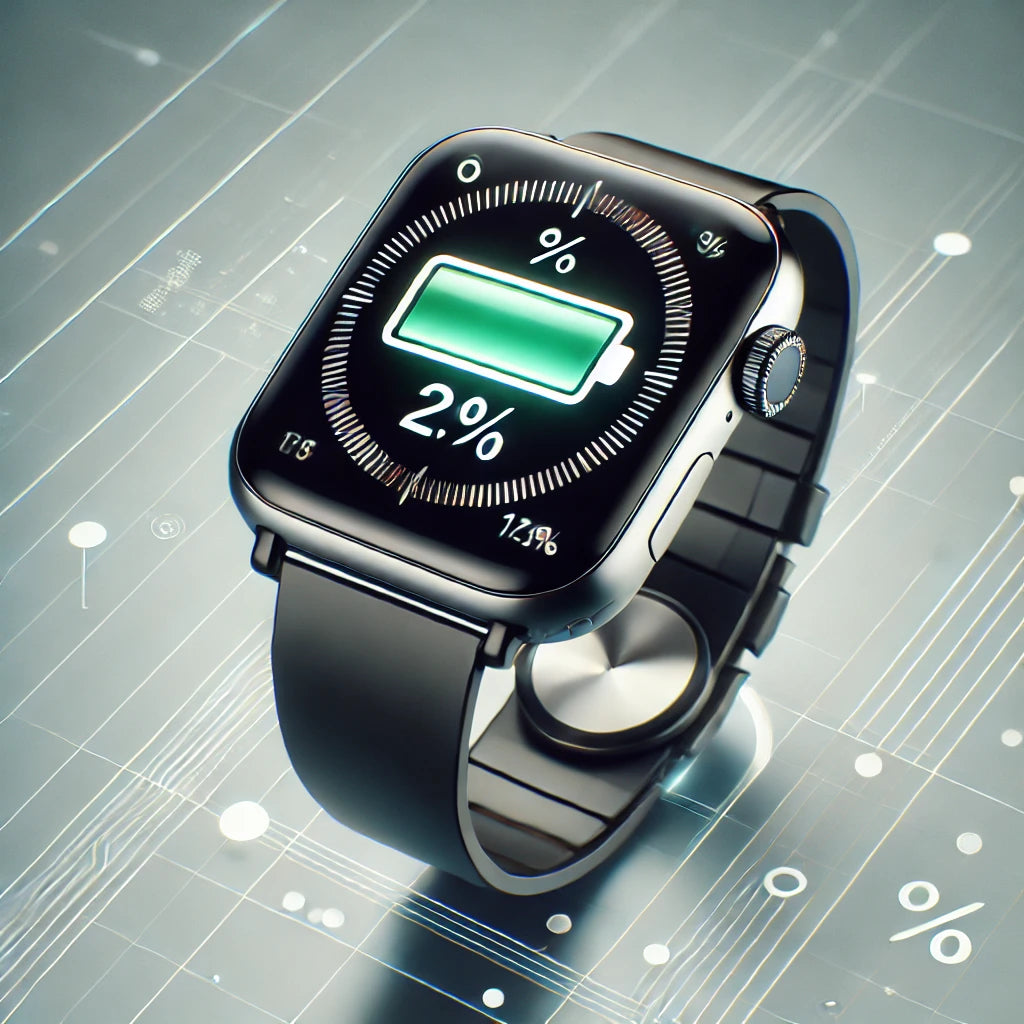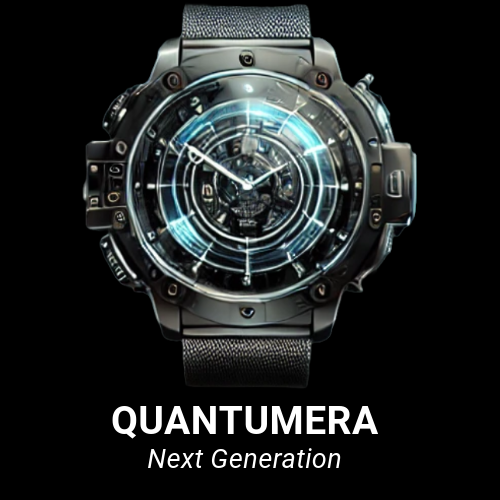
Understanding the Battery Life of Smartwatches
Share
The battery life of a smartwatch depends primarily on the power of its battery, usually measured in milliamp-hours (mAh). This unit reflects the battery's ability to provide energy over time: the higher it is, the longer the battery life.
Types of Batteries and Their Capacity
| Battery Type | Capacity in mAh | Typical Usage |
|---|---|---|
| Small (150-250 mAh) | 150-250 mAh | Basic tracking, notifications |
| Average (300-400 mAh) | 300-400 mAh | Health applications, lightweight GPS |
| Large (500+ mAh) | 500+ mAh | Heavy duty, GPS and continuous tracking |
Smartwatch batteries are often made of lithium-ion or lithium-polymer . These materials are lightweight, rechargeable, and well-suited to the small size of watches. The battery takes up about a quarter of the size of the watch, discreetly integrated under the screen.
Which Apps Consume the Most Battery?
Some functions are particularly energy-intensive:
- Screen : The brightness and frequency of the screen on directly impact battery life.
- GPS : Used for tracking outdoor activities, it consumes a lot of energy.
- Connectivity : Bluetooth, Wi-Fi, and LTE (for standalone watches) are heavy drains on battery.
- Health tracking applications : Real-time monitoring (heart rate, SpO2) requires continuous power.
Charging Times and Charging Types
Charging time depends on battery power and charging technology. On average, watches charge in 1-2 hours .
- Wired charging : Via magnetic cable or USB-C, providing fast charging.
- Wireless charging : Compatible with some models, but slightly slower than wired charging.
Battery Life and Replacement
A smartwatch battery generally lasts 2 to 3 years , depending on the intensity of use. However, most recent models do not allow the battery to be replaced, because it is sealed to preserve the waterproofness. Some manufacturers offer a replacement service in the workshop.
Why Choose a Watch with a Large Screen?
Watches with larger screens typically have more powerful batteries, supporting more intensive uses, such as navigation, advanced sports applications, and frequent information consultation. With our large screen smartwatches, you benefit from extended autonomy and the power necessary for complete features and optimal comfort.
